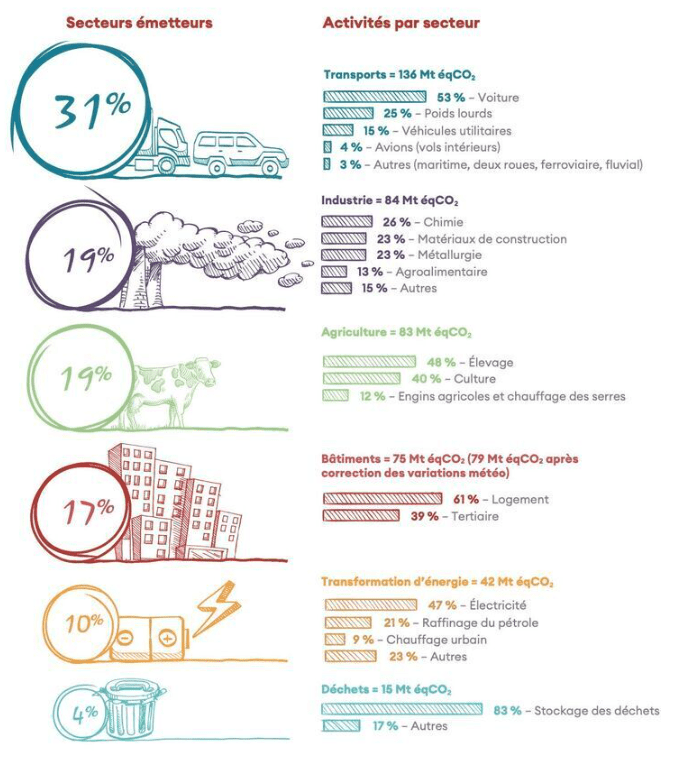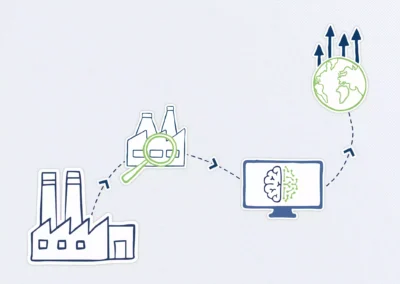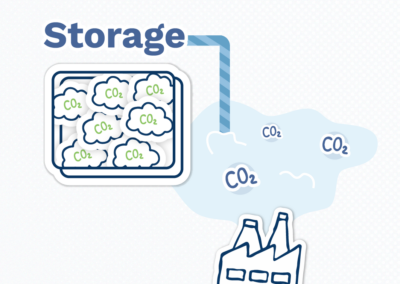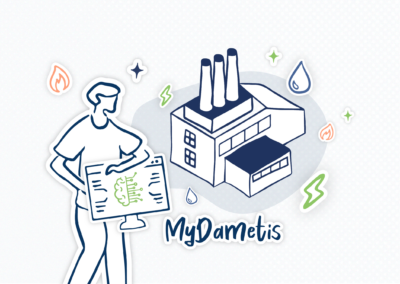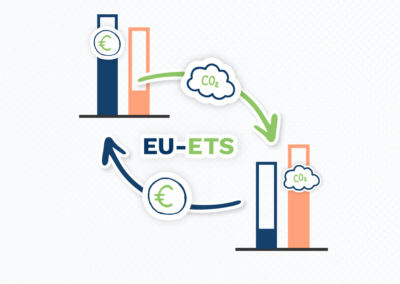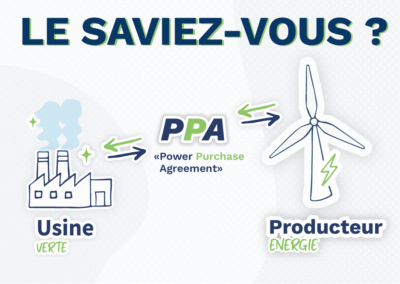
France Struggles to Reduce its Greenhouse Gas Emissions
Despite its efforts, France struggles to lower its CO2 emissions. France has committed to reducing its CO2 emissions by 40% by 2030, an ambition that needs to be strengthened to align with new European targets (-55%).
Unfortunately, recent figures show that France’s CO2 emissions have slightly increased in recent years.
The main reason for this lack of progress is that France struggles to adapt to the energy transition, meaning it has difficulty reducing its dependence on fossil fuels and promoting renewable energy production.
Measures Taken by France
France has taken several measures to reduce its greenhouse gas emissions.
It has implemented policies to limit greenhouse gas emissions, encourage the use of renewable energy, promote energy efficiency, and apply taxes on fossil fuels. France has also adopted the Climate Plan, which provides a framework for implementing policies and measures to reduce greenhouse gas emissions.
The initiatives taken by France should have a positive impact on its emissions in the long term, provided that the country continues to invest in sustainable and low-carbon solutions.
It also includes programs aimed at promoting the development of renewable energies, including wind and solar power, and improving transportation efficiency. Greenhouse gas emission reductions will also be supported by mitigation measures such as forest improvement, land management, and soil conservation.
To compensate for its nuclear fleet and transportation challenges, France is increasingly turning to fossil fuels. Consequently, the country is working hard to reduce its carbon dioxide emissions. Greenhouse gas emissions have almost stagnated (-0.3%) in the first nine months of this year compared to the same period in 2021, according to provisional data from Citepa (Interprofessional Technical Center for Air Pollution Studies), the agency responsible for establishing France’s emission inventory.
Industry Contributes to the Increase in Greenhouse Gas Emissions
CO2 Emissions by Sector in France
How to Reduce Greenhouse Gas Emissions?
- Make more efficient energy choices by installing renewable energy systems (solar, wind, geothermal, etc.) and energy-efficient technologies.
- Reduce waste and recycle more to avoid methane emissions from landfill sites.
- Make buildings more energy-efficient by using insulation materials, installing energy-efficient equipment, and using renewable energy sources.
- For businesses: adopt more sustainable practices and reduce greenhouse gas emissions.
- Use more sustainable and fuel-efficient transportation, such as cycling, public transportation, or carpooling.
Imagine that specialists work 24/7 on the optimization of your industrial plants. This is what MyDametis offers you, the only platform designed 100% by environmental performance experts.









